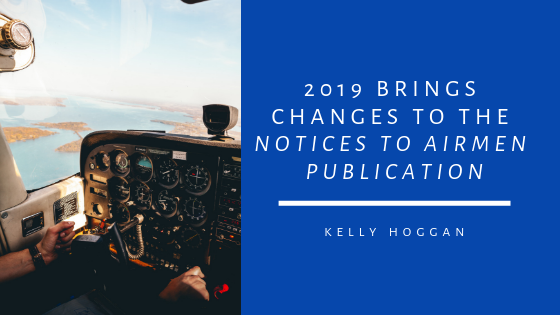In an effort to modernize data and increase efficiency and safety, the Federal Aviation Administration has decided to streamline the Notices to Airmen Publication (NTAP) by eliminating the Part 1 section, which provides lists of flight data center notams. This change was brought in response to recommendations made by AOPA and RTCA and was discussed during safety panels that took place in the past two years.
What are Notice to Airmen?
Notice to Airmen (NOTAM) are issued by the Federal Aviation Administration to inform pilots and essential personnel of changes or hazards that may affect them and the safety of their crew and passengers. Notice to Airmen contain vital information regarding changes in conditions, procedures, or restrictions to flight. Examples include, but are not limited to: air-shows, closed runways, construction, military exercises, flights that contain important people, etc. All pilots and flight personnel check NOTAM before takeoff to ensure they are not only flying safely but are also in accordance with the regulations. While some NOTAMs are purely advisory, they can also be mandatory. There are several types of NOTAMs which can be categorized by domestic, international, civilian, or military. Each NOTAM is encoded, so hazards are easily identified by both commercial and private pilots alike.
Changes to NTAP
Streamlining the Notices to Airmen Publication was brought about after AOPA raised concerns in 2017 about the outdated and limited user ability of the NTAP. In the safety panel, which was focused on the top five target areas to improve safety in the industry, notice to airmen prioritization was discussed as a priority. With the goal to make information more easily accessible and modernized, the decision was made to remove Part 1 of the publication, resulting in the 477-page publication shifting to 152 pages. Information will still be accessible through other FAA sources, paving the way for a more effective quality assurance system.
It is clear that as technology continues to advance, new and improved processes will be developed to help industries increase both efficiency and safety. The aviation industry is no different, and as outdated systems prove to be not only time-consuming but a risk to safety, new processes will be set in place to improve concerns and deliver information in a more modern, digitized way.


